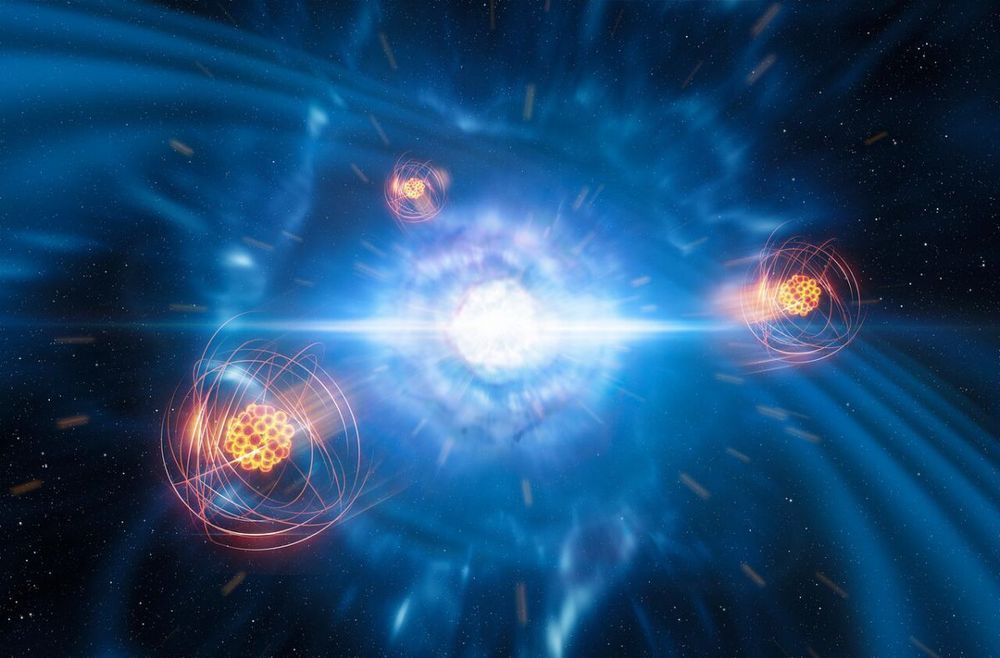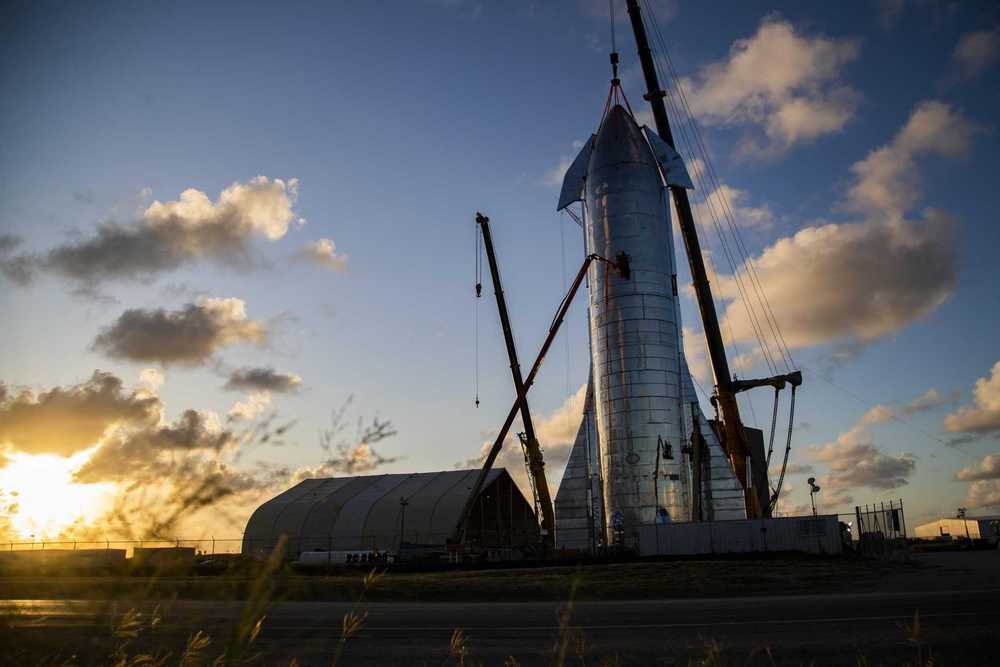Researchers have found evidence to suggest that many common prescription drugs can impact the gut microbiome, potentially increasing human health risks.



For the first time, scientists have detected a newly born heavy element in space, forged in the aftermath of a collision between a pair of dead stars known as neutron stars.
The findings shed light on how the universe’s heaviest elements are created, providing a missing piece of the puzzle of chemical element formation, researchers said in a new study describing the findings.

2019 has been off to great gains in our treatment of cancer at CHIPSA Hospital. The CHIPSA Approach™ has been a simple one: forget our ego and preconceived notions of what works in treating cancer, and be open to all possibilities. This includes considering both natural and man-made medications for the treatment of what is now considered incurable stage 4 cancer.
This approach is different from what has been used in the past. Our experience tells us that the alternative and conventional sides of medicine have long been at odds with each other regarding what is the best treatment. Each side casts giant stones at the other, all while millions of people are dying of cancer every year.
When CHIPSA Hospital reopened in August of 2015 after being closed for two years, it reopened with part of the old staff, many of whom worked with the legendary pioneer Charlotte Gerson. But it also reopened with a new group of doctors and scientists who are passionate about evolving alongside the latest scientific developments to fight this disease. CHIPSA has used nearly every natural method that’s known, and the fact is, in many cases, it simply is not enough. That’s not to say we haven’t seen amazing results in patients who adhere to natural therapies, but we simply aren’t satisfied with those results alone.


Caterpillar has been synonymous with big, heavy equipment — for farming, construction and mining — since Holt Manufacturing and C. L. Best Tractor merged in 1925 to form the Peoria, Illinois-based company. Over the years, tons of innovation have been built into the iconic yellow products, too, from the Model 20 Track-Type Tractor introduced in 1927 to the ginormous engines that helped power the Apollo 11 mission to the moon 50 years ago.
Coincidentally, one of Cat’s latest breakthroughs is self-driving, or autonomous, and remote-controlled mining equipment, which could very well find itself on the moon when NASA is scheduled to return to the lunar surface in 2024, with plans to build a permanent base near the orb’s south pole, part of the Artemis program.
Just as on terrestrial sites, Caterpillar fully or semi-autonomous bulldozers, graders, loaders and dump trucks could be utilized to build roads, housing and other infrastructure. Operator-less drilling and digging machines might mine water, oxygen-rich rocks and moon dust for use in 3D printing of various materials.

Investors shouldn’t underestimate the importance of launching people into space, Morgan Stanley said in a research report released Tuesday.
The Wall Street investment bank expects communication satellites, Earth observation technology and transportation to be the economic drivers of a space economy, but investors should not underestimate human space exploration as a “critical enabler of public will.”


Twentieth Century technology has relied on the use of fuels and chemical propellants to propel our ships, planes, and cars. The propulsion technology of the future will not use chemical combustion to produce thrust, and the 21st century will see the emergence of propellant-less propulsion systems. Such technologies will provide the means to travel faster than ever before at a fraction of current costs and with no pollution by-products.
This becomes absolutely crucial for interplanetary and interstellar travel, as we have stated before in RSF commentary1 reporting on Resonance-based technology may provide inertial mass reduction—the future of space travel will not be performed with chemical propellants. As an example, to date the most viable proposal for an interstellar mission with current technological capabilities is the Breakthrough Starshot project which will use a fleet of light sail probes propelled to 20% percent the speed of light via laser pulses.
Considering the significant limitations of combustion-based propulsion (as well as the harmful environmental impacts), there is a strong drive to develop the next-generation propulsion systems that will move us into the next phase of technological advancement. Torus Tech, a research and development company founded by Nassim Haramein, the founder of the Resonance Science Foundation, is researching quantum vacuum engineering technologies that will enable gravitational control and zero-point energy production.

Stars explode. But how?
A recent press release asks, “What happens when a star explodes?” The answer, not surprisingly, is, “…the same thing that happens when gas explodes here on Earth.”
The Electric Universe agrees with modern physics: a supernova is an exploding star. However, there is much more to the story that involves plasma. Electricity flowing through plasma creates regions of charge separation isolated by double layers. Could charge separation be the foundation for supernovae?
When I created my reaction video to the SAFIRE video I based mostly of my analysis on their released video. I made some extrapolations and requested that they release the information as quickly as possible. The Safire team even viewed the video and liked my unbiased analysis and wanted to arrange a call to discuss this and help answer my questions and cover any misconceptions I may have had. This video is my analysis of that conversation as well as the unedited version of it. It has certainly answered a lot of my questions and yes there are still many questions to be answered but to be fair even they don’t know the answer to all of these questions.
Link to my REACTION video:
Link to SAFIRE update video:
https://www.youtube.com/watch?v=DTaXfbvGf8E
Follow me on:
https://www.facebook.com/SeethePattern
Tweets by PatternSeethe
#electricuniverse #plasmauniverse #seethepattern #safireproject